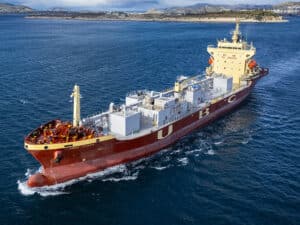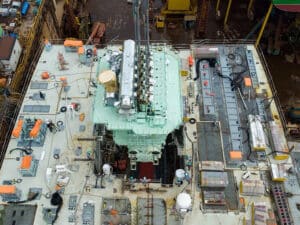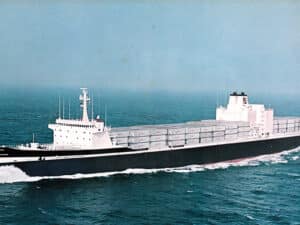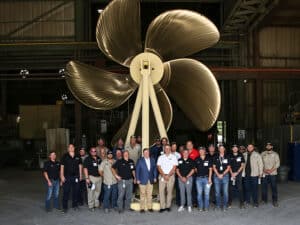
AMSC sees Jones Act tanker market getting tighter
Written by Nick Blenkey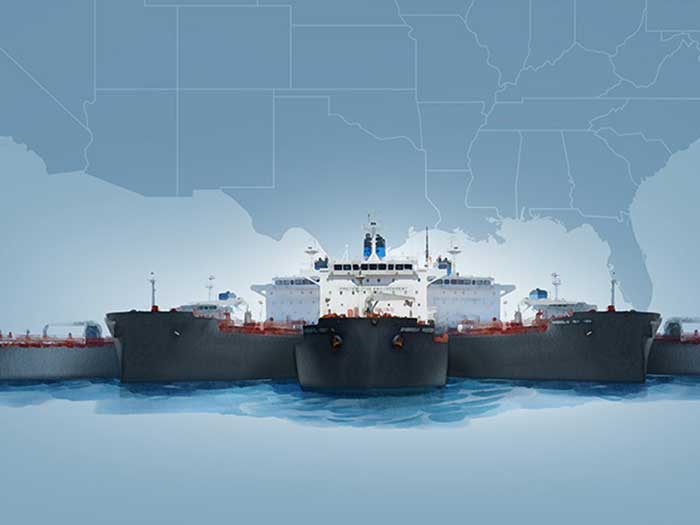
“We are encouraged to see significant chartering activity in the Jones Act tanker market during the last few months leaving very limited shipping capacity available until the end of 2020,” said Pål Lothe Magnussen, CEO of Oslo-listed American Shipping Company (AMSC) as the company reported third quarter results that included an BITDA of $22.4 million and adjusted net profit of $3.0 million.
Magnussen added that new time charter contracts are being completed at “higher levels than last year and for longer durations, signaling a continued strengthening in the market. Current market rates in the high fifties are profitable for both owners and operators, and we believe we are in a multi-year period of stable and improving market conditions.”
AMSC, in which Aker ASA is the largest shareholder with a 19% stake was set up in 2005 in parallel with what was then Aker Philadelphia Shipyard (now Philly Shipyard). It owns a fleet of nine modern MR product tankers and one modern shuttle tanker, built at the Philadelphia shipyard and all operating in the U.S. Jones Act market and on long term bareboat charters with evergreen extension options with Overseas Shipholding Group, Inc. (OSG).
In its quarterly report the company says that it is of the opinion that “we are in a multi-year period with a stable Jones Act tanker market which is demonstrating strengthening market conditions, resulting in gradually higher time charter rates for longer durations. Recent fixtures are higher than last year and for longer periods.
“The current conditions in the Jones Act tanker market are a result of negative fleet growth over the past two years, in combination with gradually increasing demand for transporting clean products as well as a resurgence of crude shipping transportation.
“The order book for new vessels is practically empty and older vessels are continuing to be removed from the fleet. This trend is expected to continue for the coming years with limited yard capacity effectively increasing newbuild cost and delaying potential delivery times. Expensive maintenance capex makes it unattractive to keep investing in older vessels, and we expect the remaining 10 vessels older than 35 years to leave the fleet over the next several years.
“The market fundamentals driving demand for shipping clean products as well as crude remain stable and are expected to remain that way for the foreseeable future. The crude spread between WTI priced in Houston and Bonny Light remained open during Q3 and the monthly cargoes being shipped to the U.S. Northeast remained stable at similar levels as seen over the last two years. Clean cargo volumes, mainly from the U.S. Gulf into Florida, remained stable with the majority of the Jones Act fleet being deployed on this trade.”

